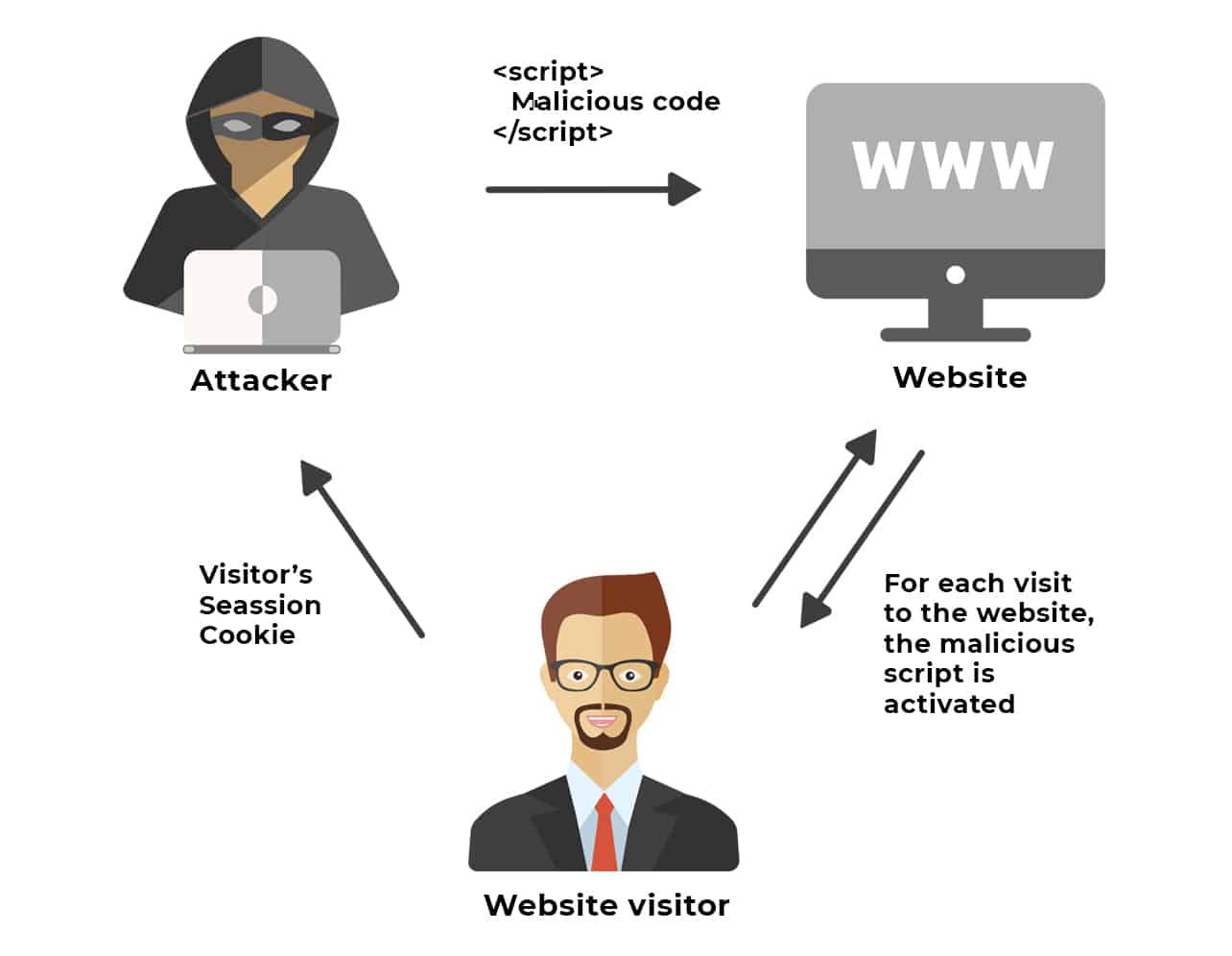Cross-site scripting (XSS) is a type of computer security vulnerability related to web applications. It occurs when a malicious user injects code, such as JavaScript, into an otherwise benign and trusted web site. The injected code can then be used to gain unauthorized access to user information, or even execute malicious code.
XSS attacks occur when an attacker is able to inject client-side scripting code into a web page that is then executed by victims’ browsers. As the malicious code is not generated by the server, it can be difficult to detect and prevent. An example of an XSS attack would be an attacker injecting malicious JavaScript code into a website that is then seen by all visitors to the site. When visitors run the malicious code, they are unknowingly granting the attacker access to their personal data.
XSS attacks pose a serious security risk to organizations, as they can potentially allow attackers to gain access to private user data and even execute malicious code on victim systems. To prevent XSS attacks, developers should escape user input and use Content Security Policy (CSP) to prevent browsers from executing malicious code. Additionally, implementing layered security measures such as input validation, restricting user privileges, and using server-side validation, can further reduce the risk of XSS vulnerabilities.
Cross-site scripting (XSS) is a dangerous computer security vulnerability which allows attackers to inject malicious client-side scripting code into a web page. By using various strategies such as escaping user input, implementing CSP, and layering security measures, organizations can reduce their risk of XSS attacks and protect user data from malicious attackers.






